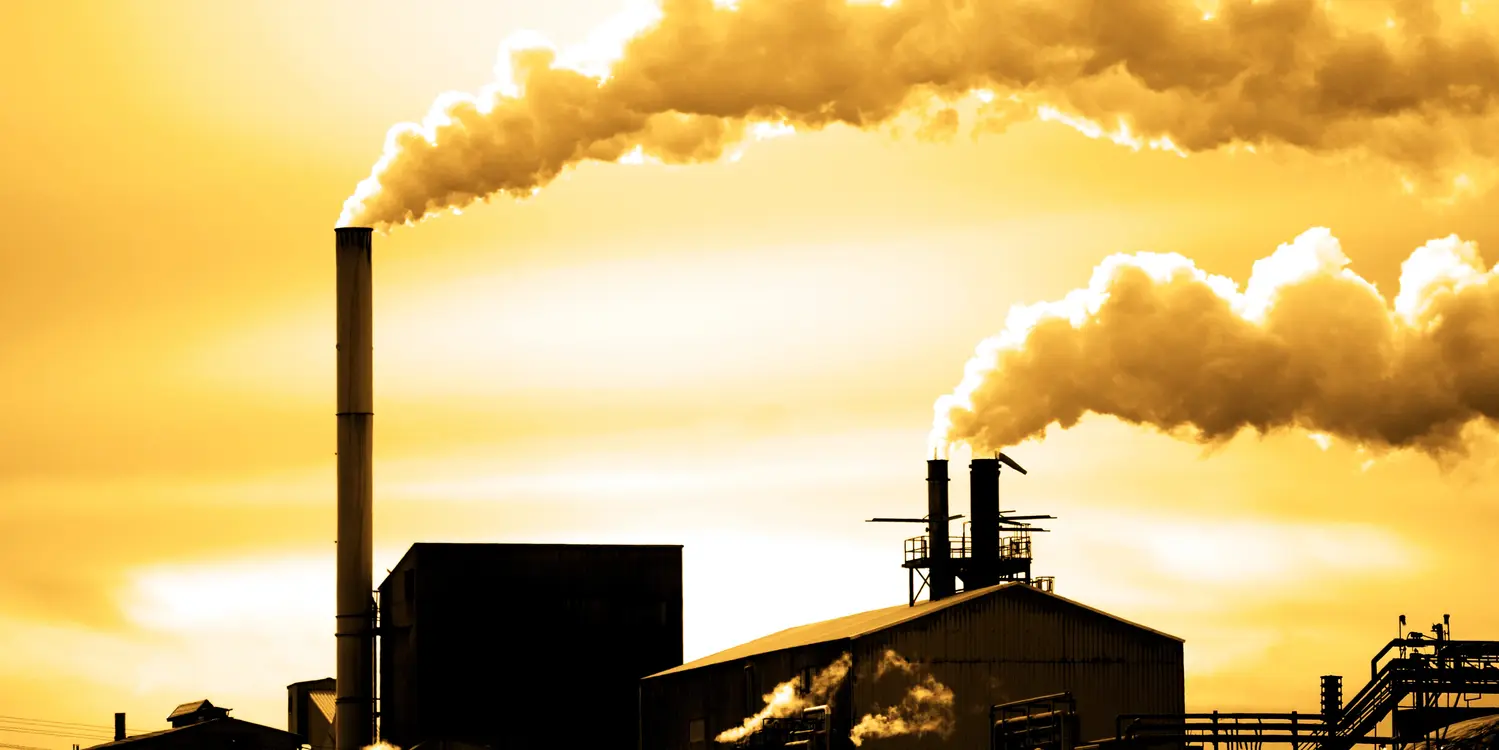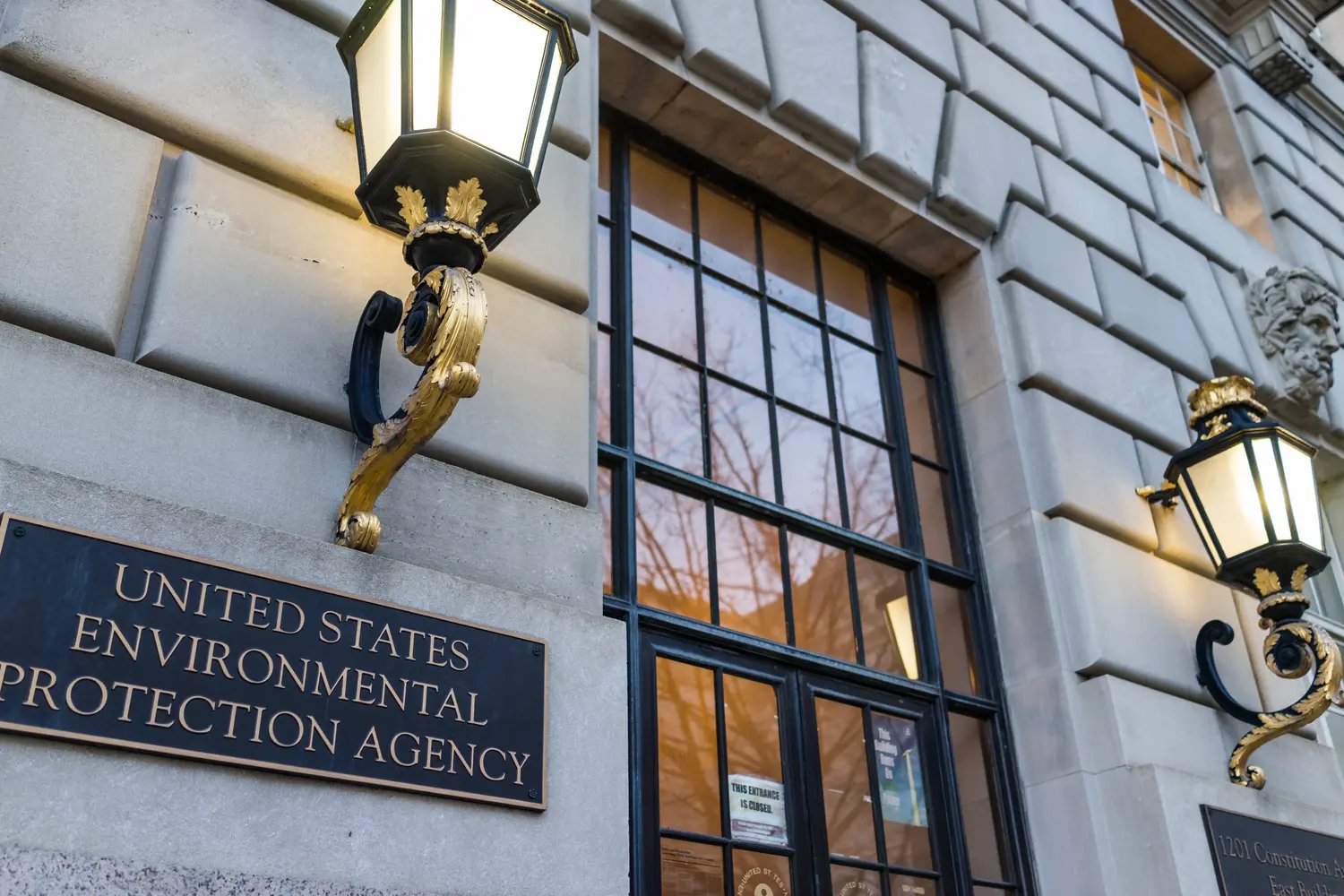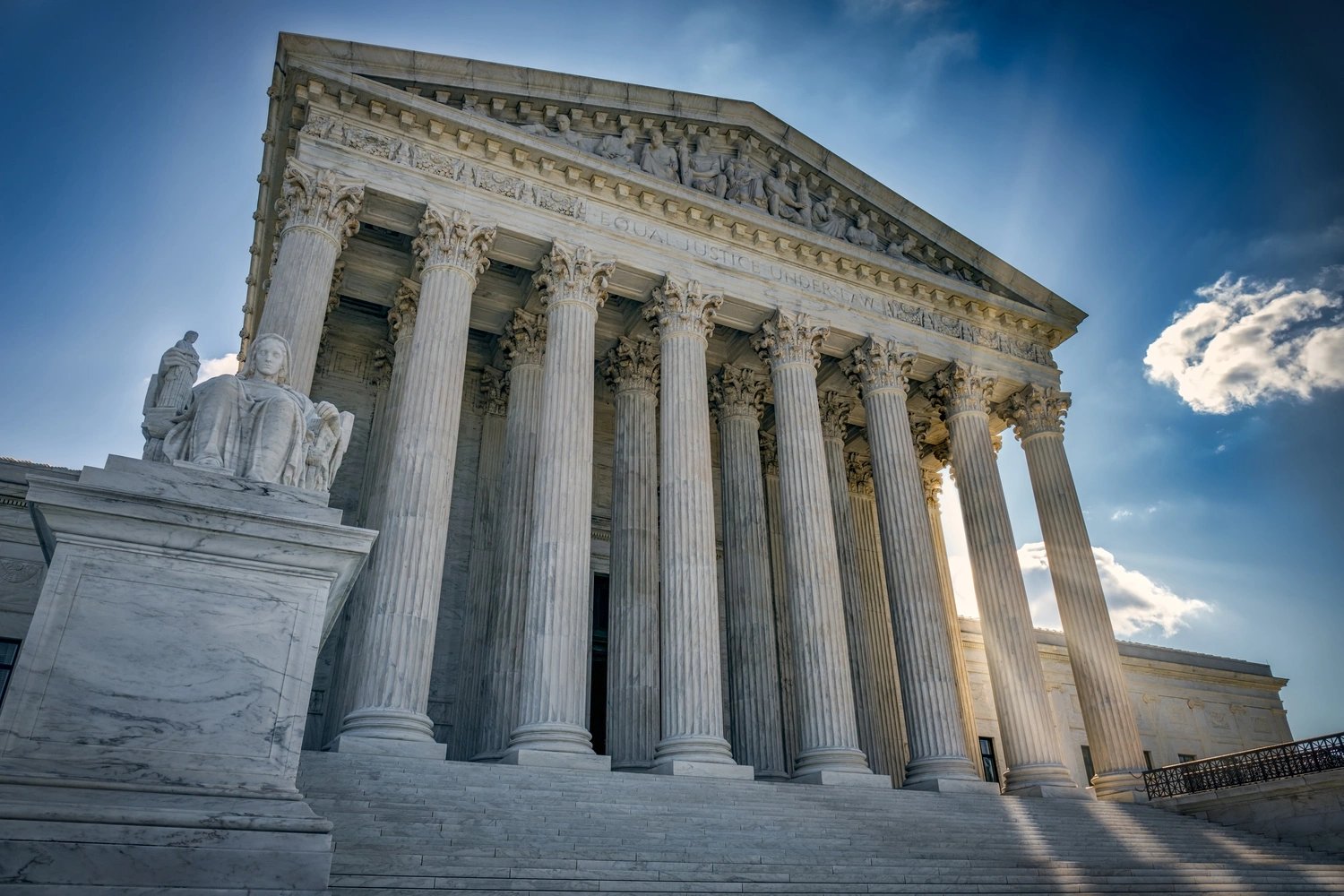3 min read
Supreme Court Ruling Blocks EPA’s Ability to Regulate Plant Emissions
![]() Transect Team
:
Jul 18, 2022
Transect Team
:
Jul 18, 2022

Listen to the audio version
Crisis of the day: The Supreme Court says, "let the people breathe carbon!"
The Supreme Court's Decision
The U.S. Supreme Court ruled 6-3 that the Environmental Protection Agency (EPA) does not have the right to regulate a power plant’s carbon dioxide emissions under the Clean Air Act, as previously interpreted by the U.S. Court of Appeals for the District of Columbia Circuit. This ruling sides with coal companies and republican states, with Chief Justice John Roberts writing the conservative majority opinion. This court ruling faces backlash from environmental groups as scientists warn of global warming acceleration.
Until now, Congress was seen as holding the ability to extend powers to federal agencies, such as the EPA, as deemed necessary. Now, the future of our environment and regulatory authority hangs in limbo (spoiler alert: it’s not as fun as the version of this game you play on a cruise deck for a prize.)

The EPA's Authority and the Climate Crisis: A Brief History
Until now, the EPA has created air pollution regulations to ensure optimal environmental and public health underneath the Clean Air Act. Can you guess what the Clean Air Act regulates? *pause* Great job! It does regulate emissions and air quality! Now the Environmental Protection Agency exists to…do we have to explain that? Anyway, Congress, the EPA, and a generally large group of people made the BOLD assumption that the agency, whose sole purpose of existing is to protect the environment, would help regulate a sizeable aspect of the environment, such as the air we inhale daily. Clearly, this assumption crossed a massive line for some people, and now the Supreme Court is reestablishing regulatory boundaries so that everyone (no one) feels safe.
However, this regulatory tennis match didn’t just begin. The EPA and multiple presidential administrations have impacted our environment, greenhouse emissions, and the climate crisis. This influence is seen through the 2015 Clean Power Plan (CPP) from the Obama Administration and the Trump Administration’s 2019 Affordable Clean Energy Rule. Shockingly… these two rules were at odds with each other. *gasp* I know. We are just as confused as you.
While the CPP limited power plant carbon emissions, the new rule by the Trump administration claimed the EPA did not have the power to take this action. It’s a wonder we haven’t settled this whole “tackling the climate crisis and environmental regulations” thing yet.
The case of West Virginia v. EPA questioned agency authority to regulate air quality via the CPP under the protection of the Clean Air Act. This question regarding the EPA’s power has led the situation to the Supreme Court, where we now know its fate.
How Will This Impact the Biden Administration's Climate Goals?
Remember when you were a kid, you would go to your friend’s house, and their parents would start fighting? This whole regulatory “they said, he said” situation kind of feels like that. While the Supreme Court is taking actions that could lead to the maintenance of current carbon emission levels, the current administration has worked to limit these levels…making this whole thing really awkward (and concerning) for everyone.
The Biden Administration has made many climate policy efforts to increase renewable energy sources within the power sector, deeming limiting fossil fuels and greenhouse gas emissions as the environmental challenge of our time. President Joe Biden has set goals to see a drastic carbon emission reduction by 2050, limit natural gas, and normalize the use of electric vehicles. Additionally, the administration has created incentives, such as the Infrastructure Bill, to increase green energy project development to address climate change. This court ruling could be a potentially devastating decision for both Biden’s goals and the environment.

How Will This Impact Future Legislation
This EPA ruling pushes the federal government agency's power to regulate environmental law, and new regulations will be left to a local representative body. We may see local and state regulations arise, attempting to minimize the impact this will have on the environment. Additionally, other areas of environmental regulations may see stricter enforcement, more precise interpretation, or a similar review in the future. With a decision of such magnitude, it is crucial to stay updated with the wave of regulatory changes that are likely to come. What was deemed an attack on a “regulatory scheme” has fed not just American concern but global environmental concern. This likely will remain in flux until and if democrats in the Senate have enough votes to pass new legislation.

